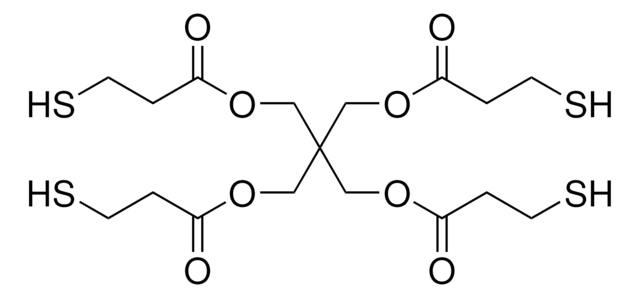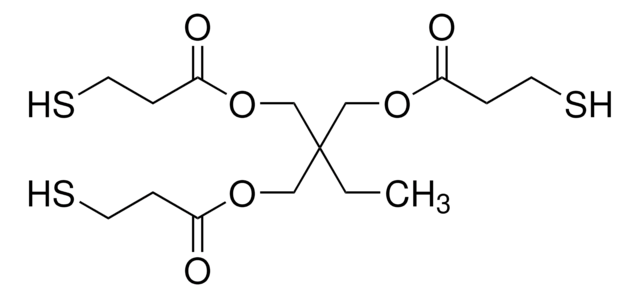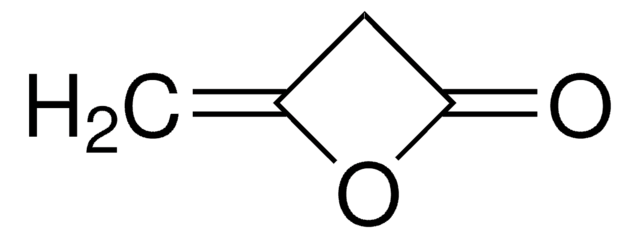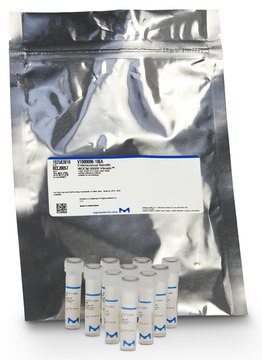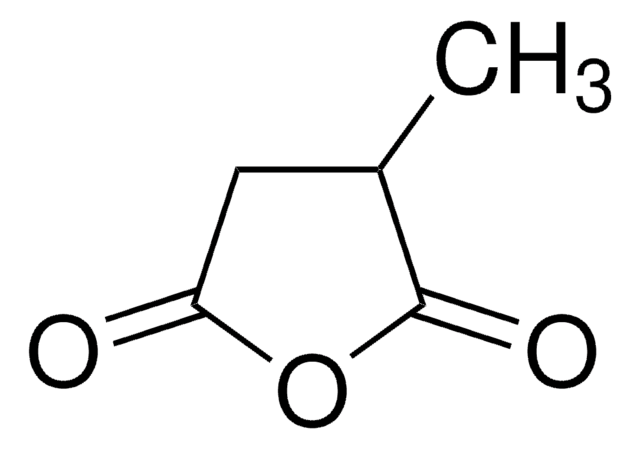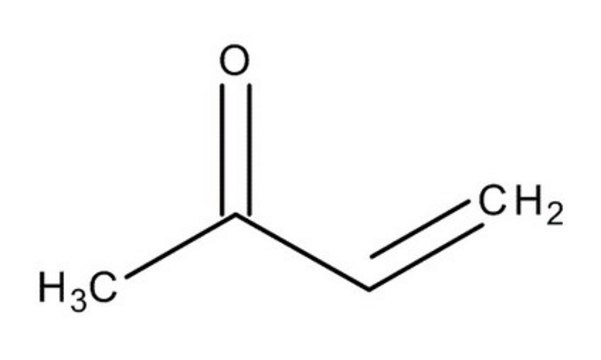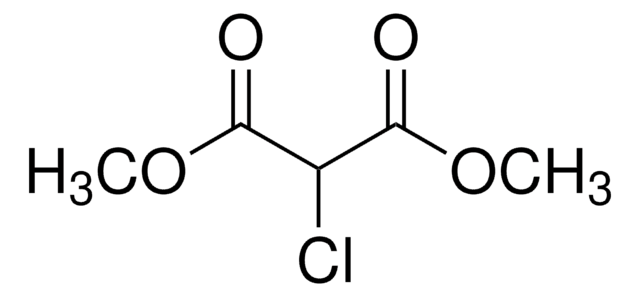All Photos(2)
About This Item
Empirical Formula (Hill Notation):
C6H8O3
CAS Number:
Molecular Weight:
128.13
Beilstein:
114457
EC Number:
MDL number:
UNSPSC Code:
12162002
PubChem Substance ID:
NACRES:
NA.23
Recommended Products
Assay
98%
bp
180-182 °C/25 mmHg (lit.)
mp
42-46 °C (lit.)
SMILES string
CC1CC(=O)OC(=O)C1
InChI
1S/C6H8O3/c1-4-2-5(7)9-6(8)3-4/h4H,2-3H2,1H3
InChI key
MGICRVTUCPFQQZ-UHFFFAOYSA-N
Looking for similar products? Visit Product Comparison Guide
Signal Word
Warning
Hazard Statements
Precautionary Statements
Hazard Classifications
Eye Irrit. 2 - Skin Irrit. 2 - STOT SE 3
Target Organs
Respiratory system
Storage Class Code
11 - Combustible Solids
WGK
WGK 3
Flash Point(F)
235.4 °F - closed cup
Flash Point(C)
113 °C - closed cup
Personal Protective Equipment
dust mask type N95 (US), Eyeshields, Gloves
Choose from one of the most recent versions:
Already Own This Product?
Find documentation for the products that you have recently purchased in the Document Library.
Maiko Miyazaki et al.
Bioconjugate chemistry, 29(1), 44-55 (2017-12-01)
For the enhancement of therapeutic effects and reduction of side effects derived from anticancer drugs in cancer chemotherapy, it is imperative to develop drug delivery systems with cancer-specificity and controlled release function inside cancer cells. pH-sensitive liposomes are useful as
Atsushi Harada et al.
Journal of biomaterials science. Polymer edition, 28(10-12), 1025-1035 (2017-04-27)
The properties of stimuli-responsive polymers change significantly with changes to their environment, such as temperature and pH. This behavior can be utilized for the preparation of stimuli-responsive carriers for efficient cytosolic delivery of active drugs. Among the possible environmental conditions
Peter A Beckmann et al.
Solid state nuclear magnetic resonance, 85-86, 1-11 (2017-03-07)
We report a variety of experiments and calculations and their interpretations regarding methyl group (CH
Eiji Yuba et al.
Pharmaceutics, 12(8) (2020-08-17)
Specific delivery to antigen presenting cells (APC) and precise control of the intracellular fate of antigens are crucial to induce cellular immunity that directly and specifically attacks cancer cells. We previously achieved cytoplasmic delivery of antigen and activation of APC
Our team of scientists has experience in all areas of research including Life Science, Material Science, Chemical Synthesis, Chromatography, Analytical and many others.
Contact Technical Service
